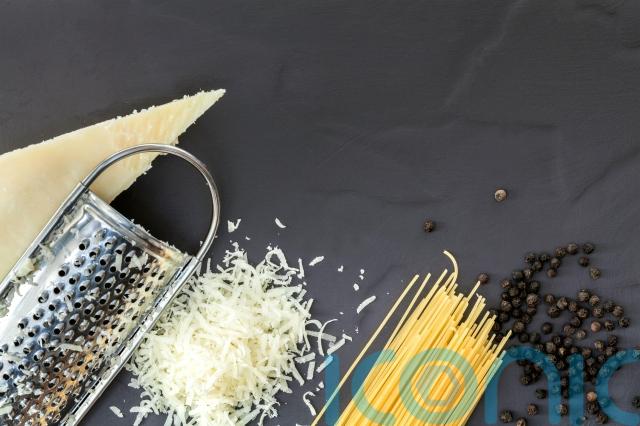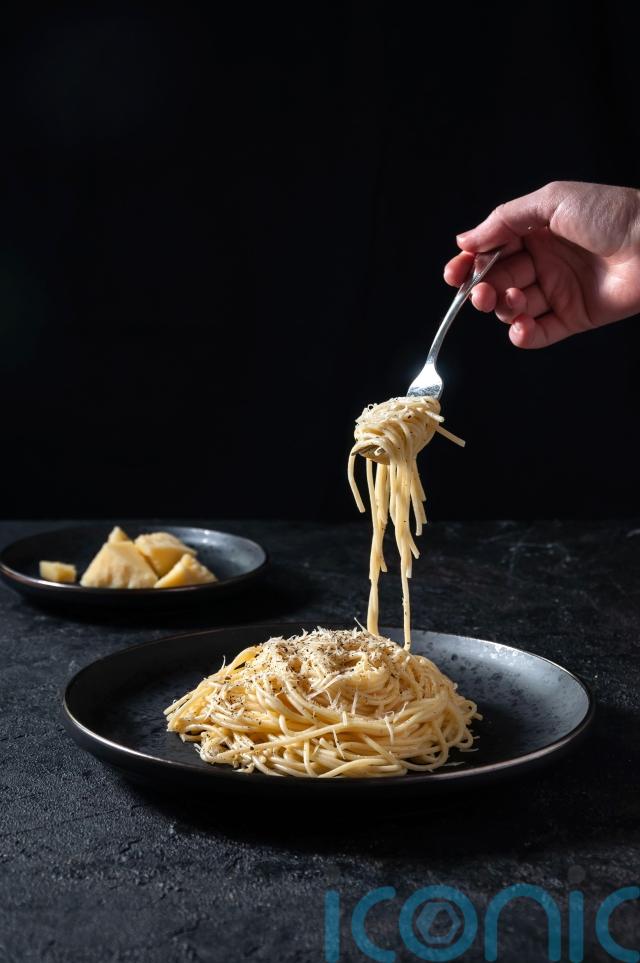
Cacio e pepe, a beloved pasta dish from Italy’s Lazio region, is made with just three ingredients: pasta, ground black pepper, and, most importantly, authentic Pecorino Romano cheese.
However, the simplicity of its ingredients can be misleading. Many assume it’s easy to make, only to end up with a clumpy mess instead of the silky, creamy sauce that they hoped for.
Intrigued by the challenge, researchers from the University of Barcelona, the Max Planck Institute for the Physics of Complex Systems, the University of Padova, and the Institute of Science and Technology Austria took it upon themselves to investigate the physics behind mixing cheese with water. Now, they believe they’ve cracked the code to perfecting this classic dish.

Explaining the motives behind this study, which was published in Physics of Fluids, author Ivan Di Terlizzi said: “We are Italians living abroad. We often have dinner together and enjoy traditional cooking.
“Among the dishes we have cooked was cacio e pepe, and we thought this might be an interesting physical system to study and describe. And of course, there was the practical aim to avoid wasting good Pecorino.”
After conducting tests that honed in on the quantities of these ingredients, the researchers determined that a 2% to 3% starch-to-cheese ratio created the smoothest and most consistent sauce.

To achieve this level of precision, the team recommend using powdered starch – such as potato or corn starch – instead of depending on the unpredictable starch content of pasta water.
“Because starch is such an important ingredient, and the amount of starch can sharply determine where you end up, what we suggest is to use an amount of starch which is precisely measured,” advised Di Terlizzi. “And this can only be done if you have the right amount of powdered starch in proportion to the amount of cheese that you’re using.”
Once the starch is added to the water, the authors’ instructions say to blend it with the cheese for a uniform consistency, before adding the sauce back into the pan and slowly heating it up to serving temperature.
If you’ve ever attempted to make cacio e pepe, you might have noticed that excessive heat can cause pieces of grated cheese to clump together, resulting in that dreaded, lumpy texture.
To avoid this, the researchers experimented with different temperatures and recommend letting the water cool slightly before adding the cheese, and then to gradually warm up the sauce to reach the desired consistency.
Then mix in the pepper and pasta, and eat.
And after perfecting the cacio e pepe recipe, the team are keen to conduct further experiments on other popular Italian dishes.
“There’s a recipe called pasta alla gricia, which is cacio e pepe plus guanciale, cured pork cheek,” said author Daniel Maria Busiello. “This recipe seems to be easier to perform, and we don’t know exactly why. This is one idea we might explore in the future.”
Subscribe or register today to discover more from DonegalLive.ie
Buy the e-paper of the Donegal Democrat, Donegal People's Press, Donegal Post and Inish Times here for instant access to Donegal's premier news titles.
Keep up with the latest news from Donegal with our daily newsletter featuring the most important stories of the day delivered to your inbox every evening at 5pm.